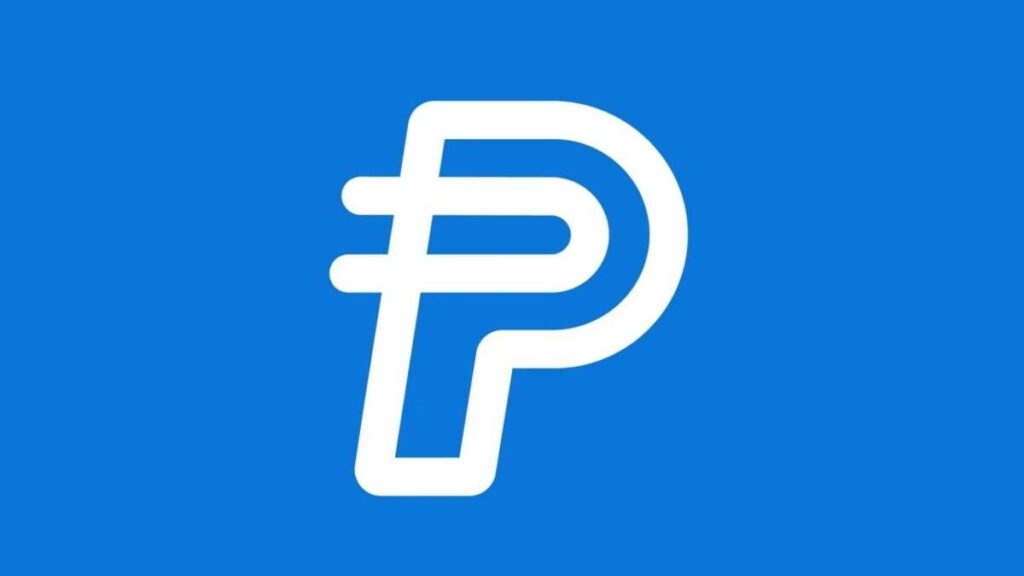PayPal’s PYUSD Pushes Toward $1 Billion Supply Mark
PayPal’s dollar-backed stablecoin, PYUSD, is gaining momentum fast, with increasing usage throughout DeFi, Solana, Ethereum, and zero-fee apps.
PYUSD adoption expands beyond apps, getting in DeFi protocols on both Ethereum and Solana with broader utility. Ondo, No Hash, and Morpho support unlocking more real-world use cases and passive yield opportunities. The supply of PayPal’s PYUSD stablecoin is approaching the psychological $1 billion mark, according to Token Terminal. While it was at first introduced as a steady digital payment option, it has now expanded even more into the DeFi space. The surge has not only taken place on the Ethereum network, but also on Solana, which has seen circulation growth of over 170% in the previous month. Many initially believed PYUSD would just ‘hang out’ in PayPal and Venmo wallets, but it turns out that it is now starting to be used in a larger– and riskier– ecosystem.
In mid-May, a report from CNF exposed a new feature from Ondo Finance that permits instantaneous conversion between OUSG (a tokenized Treasury asset) and PYUSD. The process? No costs and no time lag. This function is a sort of express toll gate for users who wish to gain access to Treasury-based assets at any time using PYUSD. So, for instance, in the middle of the night you wish to ‘park funds’ into interest-bearing assets, just click. No requirement to wait for business hours like traditional banks.
Solana Becomes PYUSD’s Second Home, DeFi Opens Its Doors Wide. Interestingly, although Ethereum has been PYUSD’s main home since the beginning, Solana is now starting to compete in terms of distribution volume. Not just because of faster and cheaper transactions, but also because of integration with various DeFi protocols such as Kamino and Drift. These two protocols make PYUSD more than just a stablecoin: it can be traded, used as collateral, or held while earning daily interest.
Still on the subject of the ecosystem, early March, No Hash– a crypto infrastructure service provider platform– entered the arena. They officially added PYUSD to their system. This means that their users can now utilize PYUSD for various purposes: from cross-border payments, sending money abroad, to buying other crypto assets via on-ramp services. Overseas, functionalities like this are starting to become popular among remittance companies and payment startups.
Furthermore, last May PYUSD could also be used as collateral at Morpho Blue. The procedure, curated by Steakhouse Financial, allows users to lock real-world assets like bIB01 and wstETH and earn double the yield from both crypto and traditional. The system, which they call ‘Dual‐Engine Yield,’ makes PYUSD even more flexible, especially for investors who want to combine old-world and new-world profits.
No Longer Simply a Token, It’s Becoming a Full-On Ecosystem. Another factor that increased PYUSD’s growth was the end of the SEC’s investigation into the stablecoin. Without charges or sanctions, investor and user confidence was clearly improved. Not only that, PayPal also started offering a 3.7% annual yield for United States users who hold PYUSD in their wallets. This yield is paid out in PYUSD on a monthly basis, a form of Web3 version of ‘interest savings.’ From a strategic standpoint, PayPal’s move does not seem to be just for show. They’re not just creating a stablecoin and putting it in an app, but also letting it live on networks with high liquidity and an active community. PYUSD has even crossed over from the e-wallet world to the world of traders, yield farmers, and hardcore DeFi users. And as it stands, the results are quite impressive: supply continues to increase, more protocols are accepting it, and integration is expanding.


